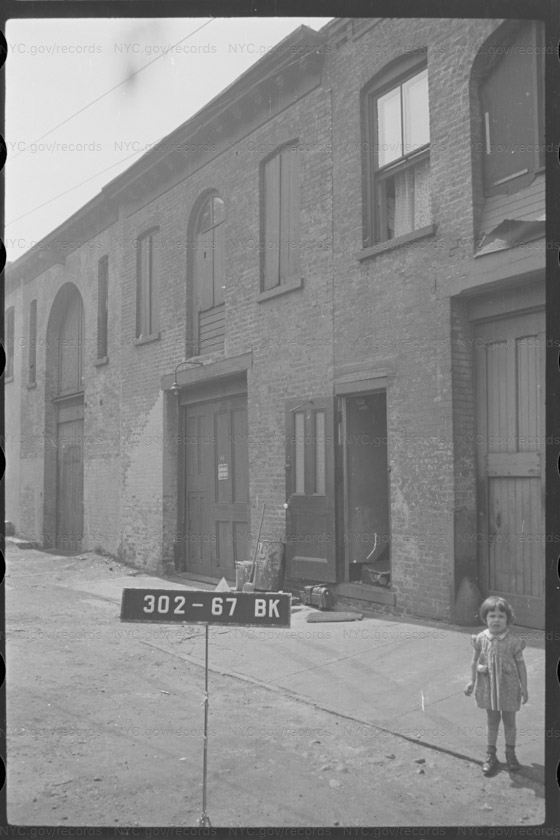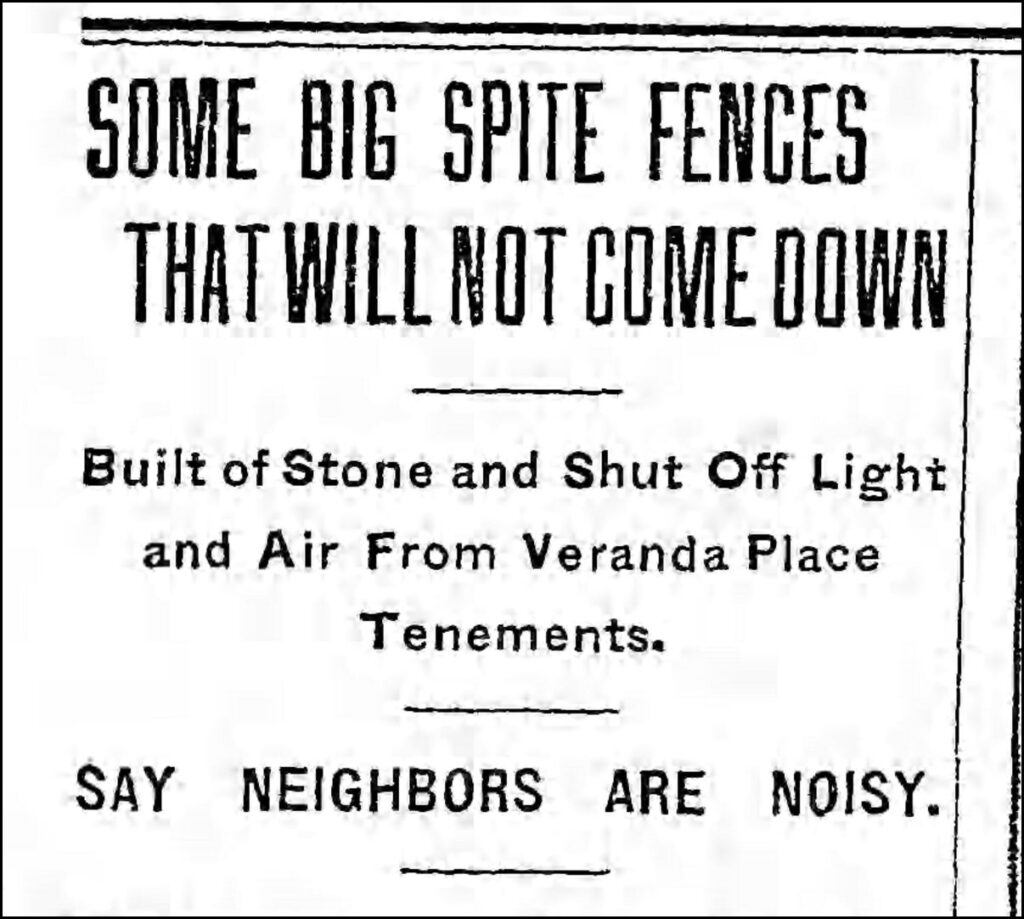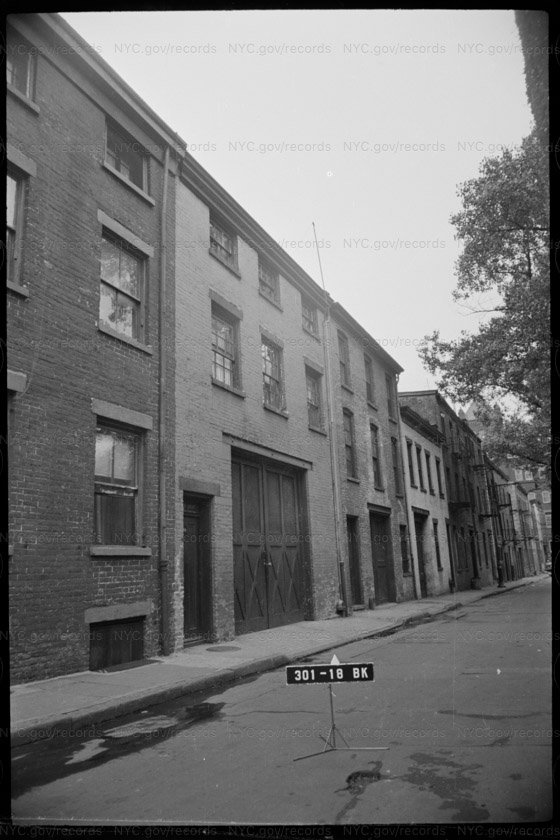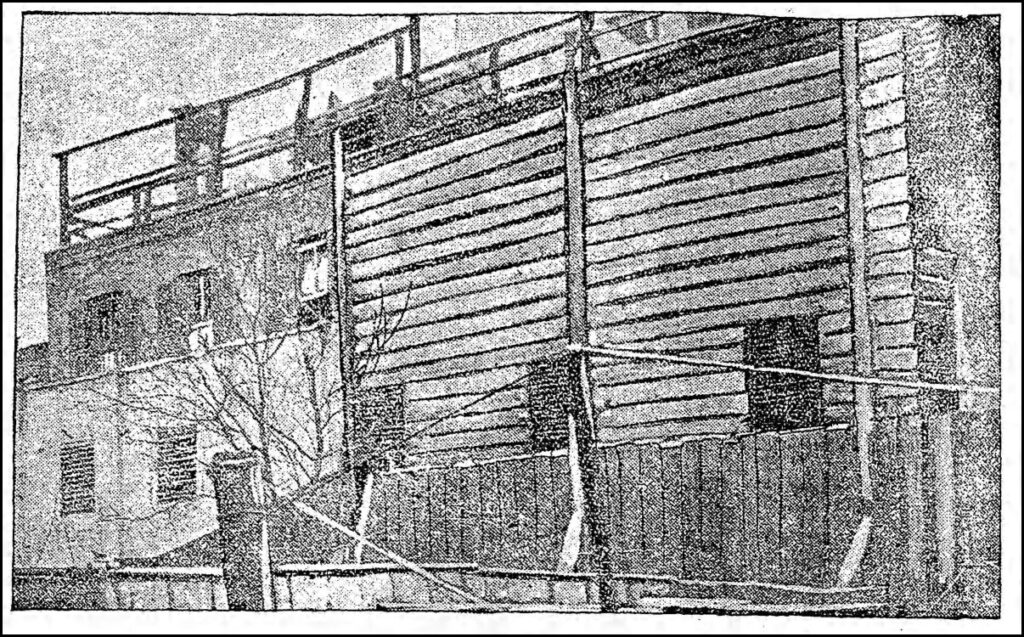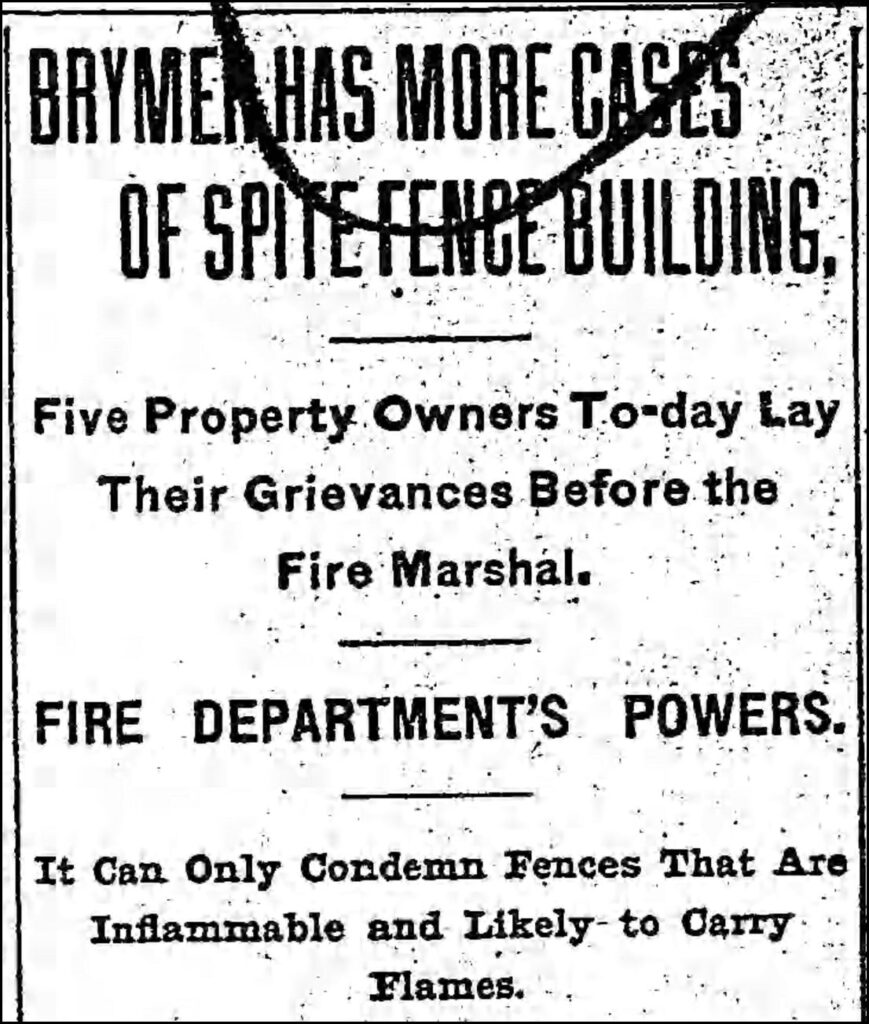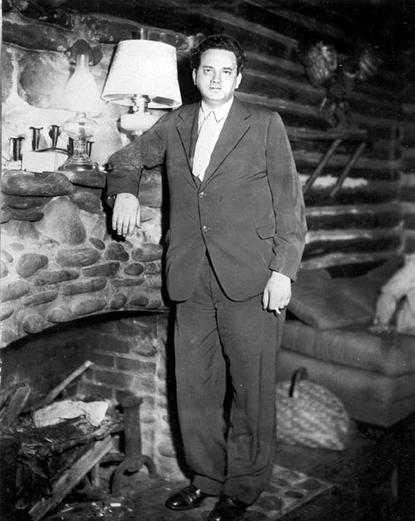THE NIMBY FENCES OF COBBLE HILL (1900)
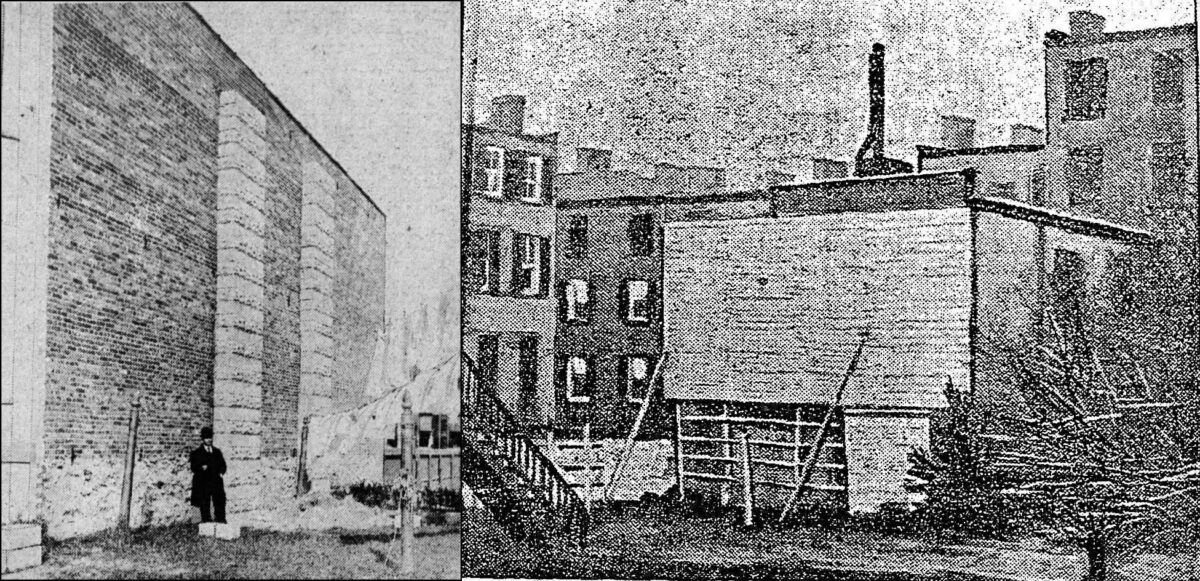
Brownstone Detectives investigates the history of our clients’ homes.
The story you are about to read was composed from research conducted in the course of one of those investigations.
Do you know the history of YOUR house?
********************************************************************************************************************************
“Good fences makes good neighbors.”
So goes the line in Robert Frost’s poem, “Mending Wall,” which refers to the barriers people put up between themselves and others.
It was also a saying favored by flinty new England farmers who thought it wise to keep their cows from straying into neighbors’ yards.
When those fences ran higher than 10 feet and blocked their neighbor’s light and air, however, they tended to generate the opposite reaction – hostility.
EXCHANGING HORSE NEIGHBORS FOR PEOPLE NEIGHBORS
In the 19th century, Cobble Hill’s Verandah Place was a well-kept private alley within which the owners of the “mansions” on Congress and Warren Streets maintained carriage houses.
When public transportation improved in the city, those horses became redundant for some. Thus, these carriage houses began to be sold to investors who, in turn, converted them, one by one, into “tenement houses.”
Soon afterwards, however, the owners of these luxurious mansions abutting this alley no longer experienced the peaceful and rustic sound of the neighing of horses. They were now confronted with “squalid” tenements that attracted “far from choice” tenants.
Thus, a class war had begun and those with the most means were, characteristically, intent on winning it.
Faced with this new reality, the mansion owners felt that they had two options to address the “squalor” and noise. 1) They could move, or 2) they could exercise an early form of nimbyism (by placing giant barriers between themselves and their new neighbors).
As readers of this rag might guess, these mansion owners chose the latter.
They began by installing tenement-height “spite” fences.
…AND THE WALLS WENT UP…
Charles W. Trotter, a son of former Mayor Jonathan Trotter, of 161 Warren street, was one of those who first decided upon rigorous measures,” noted the Brooklyn Daily Eagle.
In 1872, he built a wall “thick and substantial” in his back yard, “almost directly against the rear windows of one of the objectionable tenants.
“At first the wall extended clear to the top of the tenement,” but when the tenants requested Trotter give them some light and air, he “pierced the walls with a narrow window. The window gave little relief, however, for it was straightaway barred with slanting slats, effectively shutting off the view again and allowing but little light and air.
“Yes, I built that wall,” said Trotter, “and, what is more, I intend to keep it there. The tenants in those houses on Verandah place are not to my liking and it was to bar our sight of them and their actions that this wall was built. For this reason it is going to be kept standing.”
Another homeowner several blocks south on First Place, echoed this sentiment.
“The whole plan of bringing into a good neighborhood a class of German and Swedish tenants, whose very presence was an inexpressible annoyance, was wrong,” noted Henry Hyams of No. 118 First Place. “And when these tenants began to dump their filth, their garbage and their ashes out of the windows and into the back yards of respectable people, do you wonder that they put up fences to shut them out? Beside, they used to gather in the fining room and kitchen windows, whole families of their from ten to twenty children, and watch everything that happened in the homes of their more aristocratic neighbors.”
THE SOUND OF REVELRY DEADENED BY STONE WALL
“It is just as if a section of Navy street had been transplanted in Verandah place. At times the people there use frightful language,” noted a Mr. Coffey at No. 161 Warren Street. “Before those fences were put up, I can’t describe to you how bad things were. One could look right into their rear windows and the sights seen were revolting. FInally the fences went up.”
According to the owners on Warren Street, it wasn’t just for themselves that they felt the need to install the high fences. It was for the benefit of their tenants and, in extension their bottom lines, as those tenants threatened to depart if the situation was not mitigated.
“Many of the residents about Warren street have threatened to vacate their homes and move elsewhere,” said a Mr. Coffey of No. 163 Warren Street, “and it looks to me as if either Verandah place, as the little alley is called, would have to be depopulated or this side of Warren street, between Henry and Clinton, would be.”
“Decayed fruit and vegetable matter was cast daily into their scrupulously clean back yards, language that to say the least was more forcible than polite floated our of the rea windows of the tenements across the sodded lawns and through the diningroom windows of the Warren Street resident,” noted the Brooklyn Daily Eagle. “At night there were maudlin songs and undesirable language to contend with. It is said that patience at length ceased to be a virtue. Remonstrance with obstreperous and objectionable neighbors in the rear met with insults and jeering jibes. Action was deemed necessary by the long suffering and indignant householders and it was speedily taken when it was found that rigorous methods were really necessary in order to suppress the nuisance.”
Thus, the spite walls began to rise.
THE TENEMENT OWNERS FIGHT BACK
Mrs. J. Schaffer of No. 326 Ninth Avenue, is the owner of several small tenement houses on Verandah place. SHe was “indignant at the obstruction by the high boarding, which keeps both light and air from the rear windows of her tenements.
She reported that there are some ten or twelves small houses occupied as tenements by poor people, whites and blacks, along one side of the alley.
“Once the rear rooms of these houses were bright with sunlight. Now all is gloom even at noontide within the house,” noted the Eagle. “Heavy boarding erected in the rear yards of the houses that face on Warren street stretches twenty five or thirty feet skyward, completely shutting off the light and air save for a small space which is left open and but partially closed, with wide cleats nailed at an angle across the narrow opening, so as to shit off all view of the yards below.
THE FIRE MARSHALL GETS INVOLVED
By 1900, the tenement owners on Verandah Place, joining with others on the butt end of the spite walls, were able to get the attention Brooklyn’s fire marshal who sided with them at least so far as bringing any flammable fences at least down to the 10-foot level that governed wood fences within the city.
“My theory of spite fences of this character is that they not only provide a direct means of communication for flames, but, as a general thing, form a well or chimney which gives an artificial draught after the fire is once started,” said Fire Marshal Alonzo Brymer, who ordered any wooden “spite fences” that rose above the 10-foot limit removed of brought into code. “As a rule, too, where these fences exist for any length of time the paper and rubbish accumulate between them and houses and furnish an ideal place for a fire to start.”
POSTSCRIPT
It isn’t known when those legal spite walls began to come down, generally, but it can be guessed at that they were removed when they were no longer necessary, i.e., when the tenements on Verandah Place began to be converted to single-family dwellings and their more well-heeled owners occupied the rowhouses.
As late as 1934, however, owners of houses on Verandah Place were petitioning the city to acquire title to their alley, to make it possible the removal of a brick wall which ran along the side of the street opposite the house and derived owners of light and air. The owners, at that time, saw no prospect of getting rid of the wall unless the city put the street on the map and tore the wall down to build a sidewalk. This city, however, demurred, deciding against the purchase.
By this point, though, the houses were “fitted up pretty sumptuously and occupied by the intelligentsia” (“writers, artists and newspaper people”), which made the prospects for removing the walls much better. In fact, for some time, the noted author, Thomas Wolfe was one such author who lived in Verandah Place in the 1930s.
Thus, it is likely that, by this time, most (if not all) of the spite fences had come down and a fragile peace began.
For another story on a New York City “spite wall,” click HERE.
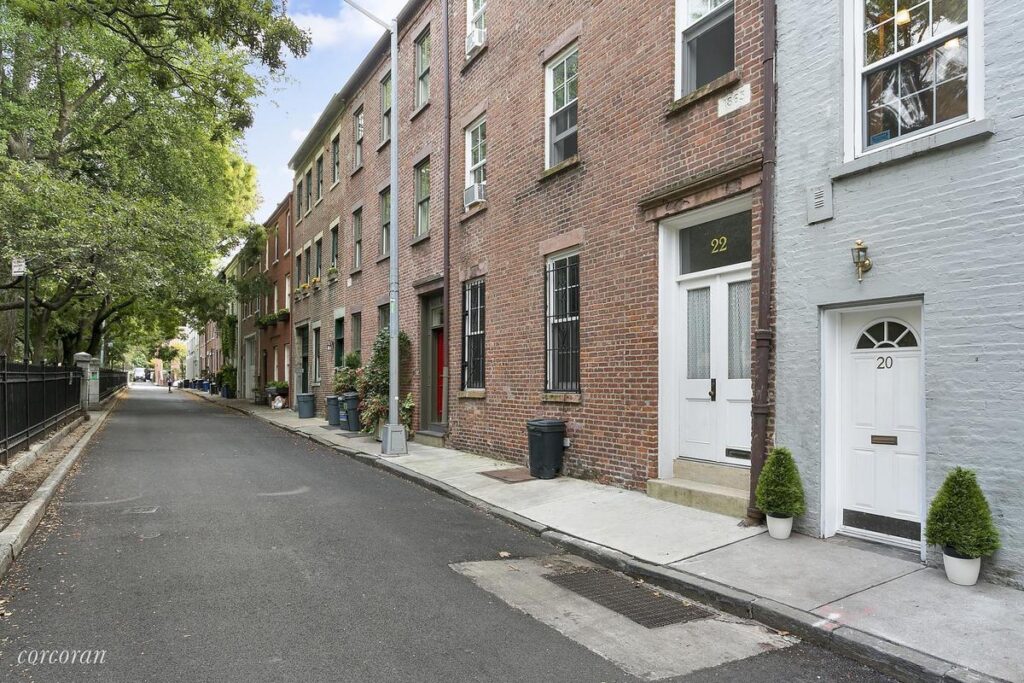
———————————————————————————————————————–
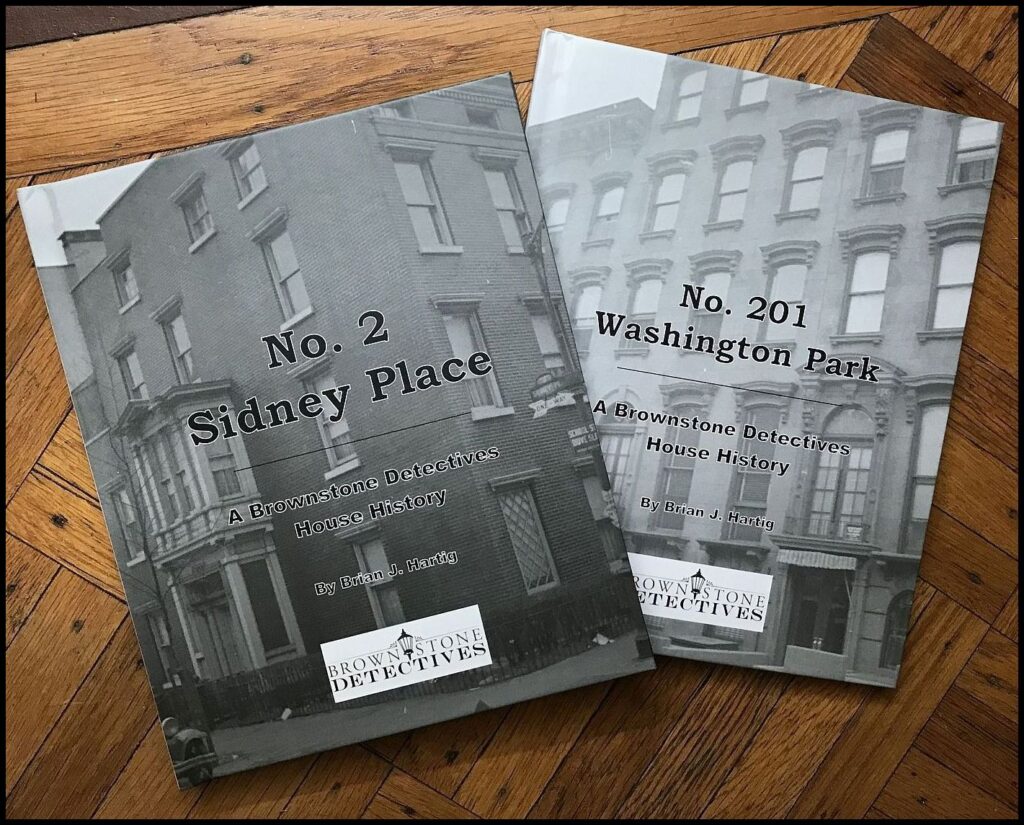 Brownstone Detectives is an historic property research agency. Our mission is to document and save the histories of our clients’ homes. From our research, we produce our celebrated House History Books and House History Reports. Contact us today to begin discovering the history of your home.
Brownstone Detectives is an historic property research agency. Our mission is to document and save the histories of our clients’ homes. From our research, we produce our celebrated House History Books and House History Reports. Contact us today to begin discovering the history of your home.
